Note that ELF binaries don't necessarily need to be machine/arch specific per se.
The interesting piece is the "interpreter" header field: it holds a path name to a loader program that's executed instead of the actual binary. This one then is responsible for loading the actual program, loading and linking libraries, etc. This is the way how eg. ld.so comes in.
Theoretically one could create an ELF binary that holds java bytecode (or a complete jar). This just needs some appropriate "interpreter" program which starts up a JVM and loads the code from the binary into it.
Not sure whether this actually has been done before, but certainly possible.
The same can be done w/ quite any non-native code.
It also could serve for direct multiarch support via some VM like qemu:
Let the target platform (libc+linker scripts) put the arch name into the interpreter program name (eg. /lib/ld.so.x86_64, /lib/ld.so.armhf, ...).
Then, on a particular arch (eg. x86_64), the one with native arch name will point to the original ld.so, while the others point to some special one that calls up something like qemu-system-XXX.


